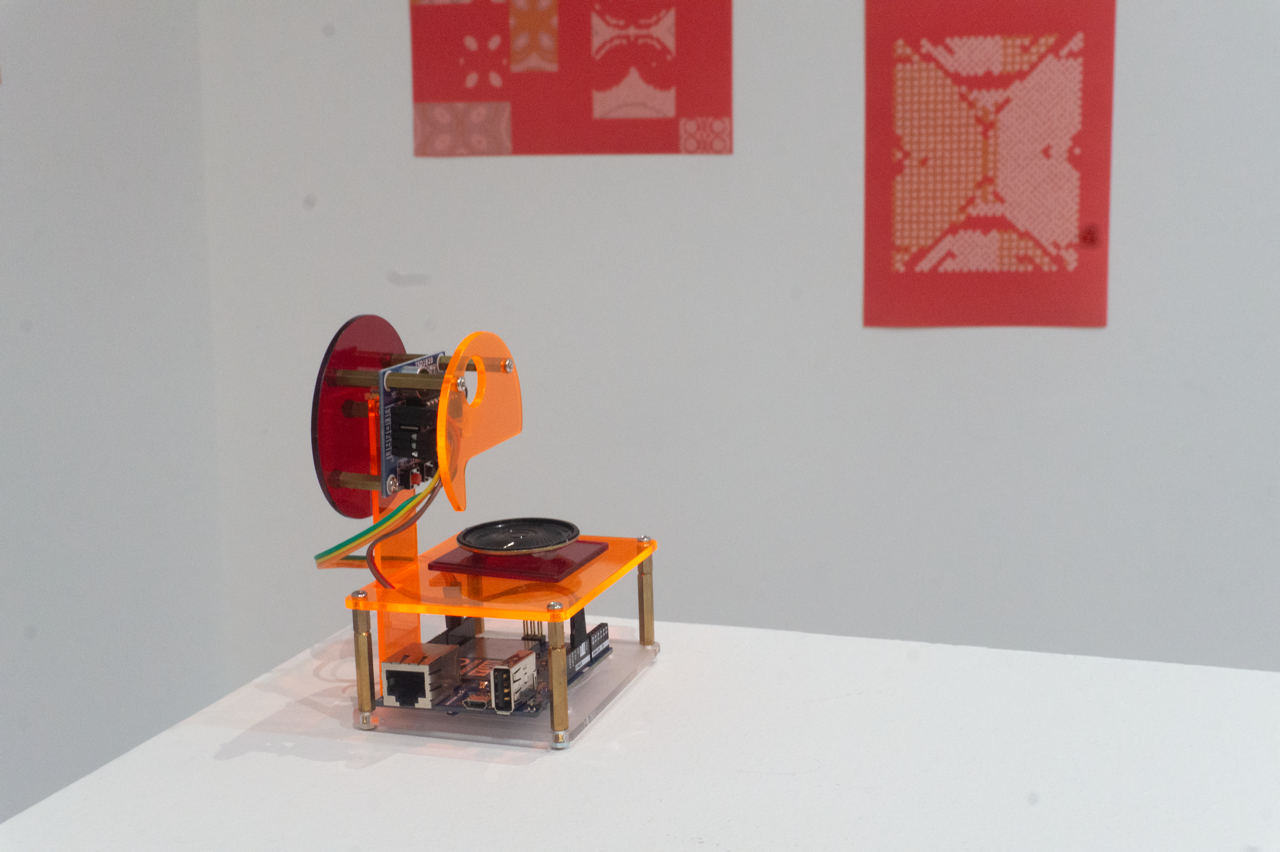Between Shape and Meaning
My formal training in design began in a studio classroom at LASALLE College of the Arts, where I was introduced to Gestalt principles- perceptual laws that describe how humans naturally group elements, recognize patterns, and resolve visual complexity into coherent forms. Around the same time, I came to appreciate how a single image or phrase can speak volumes in literature or cinema, too, not by what it shows literally, but by what it evokes. This duality, of surface and subtext, has formed the lens through which I now return to the kolam.
Kolam, a traditional South Indian floor-drawing practice, operates on many of the same principles. Each symbol in a kolam is not just a shape or a decoration; it is a layered sign, often multivalent in meaning. Dr. Vijaya Nagarajan put it beautifully. Kolam is a “language of tenderness”, a quiet, embodied way of marking care, presence, and relation. To understand why kolam symbols look the way they do, we must account not only for their geometric logic but for their cultural, spiritual, and material specificity.
Cultural and Spiritual Foundations
Many kolam symbols are drawn as invitations: to the goddess Lakshmi, to prosperity, to auspicious beginnings. At thresholds and entrances, the kolam acts as a permeable membrane, welcoming some energies while warding off others. In both Aarati Akkapeddi’s and Vijaya Mohan’s practices, kolam-making becomes a form of dedication. Aarati speaks of encrypting her grandmother’s name into generative kolams, transforming memory into motif. For Vijaya, the drawing itself is a spiritual offering; an ephemeral, daily act of devotion.
Embodiment and Maternal Lineage
Kolam knowledge is often passed from mother to daughter; not through formal instruction, but through years of watching, mimicking, and eventually improvising. This learning is rhythmical, muscle-based, and deeply embodied. Drawing kolams involves a distinctive hand technique: pinching rice flour between fingers and moving with calibrated flow. Anna Laine, in her article Kolam Patterns as Materialisation and Embodiment of Rhythms, describes kolam-making as a “rhythmical mode of becoming a feminine being”: a form of gendered socialization into both skill and care.
Geometric and Natural Patterns
Most kolams begin with pulli, or dots, laid out in grid formations. These serve as armatures for loops and curves that interlace to form closed patterns. Some kolams display striking fractal properties, echoing natural structures like leaf veins or Chladni vibration patterns. Scholars have analyzed these patterns using array grammars, revealing their recursive logic and visual symmetries.
Materiality and Medium
Traditionally drawn with rice flour, kolams are meant to be walked on, eaten by ants, or blown away; an everyday surrender to impermanence. Yet artists continually adapt materials: Aarati has etched kolams into banana leaves; Vijaya incorporates ang paos and colored powders. These choices not only reflect creative agency but also situate kolam within a broader ecology of ritual and decay, offering nourishment to the more-than-human world.
Temporality and Ephemerality
Kolams are created and erased daily, marking a cyclical sense of time that syncs with both body and cosmos. Drawing at dawn, as Nagarajan notes, signals the body's awakening and orients the day. Kolams drawn during festivals or rites of passage are typically larger and more complex, celebrating abundance and transition. When a household is in mourning, the kolam may be absent; its silence a form of communication in itself.
Translation and Technology
Artists like Aarati Akkapeddi have translated kolam symbols into visual code, treating them as sites of encryption and generative logic. In this context, kolam becomes both data and ritual; a system that resists full translation into software, even as it inspires computational reimaginings. Nagarajan reminds us that kolam is not just an aesthetic object, but a performed act; any computational engagement must preserve the intimacy and intentionality of the hand-drawn gesture.
Each kolam, then, is not simply a symbol but a confluence of memory, desire, geometry, hospitality, and embodied rhythm. These forms speak in multiple registers: visual, emotional, spiritual, and political.
Patterns of Resonance
To look at a kolam is to enter a conversation; to draw one is to join it. Each kolam opens a dialogue, not only between artist and viewer, but between the body, the land, the ancestors, and the divine. Its symbols are not inert signs but performative traces: of care given, of desires spoken, of memory made visible. To look is to witness a proposition: that order can emerge from repetition, that beauty can exist in impermanence, that meaning can reside in gesture. To draw is to affirm these propositions with one’s own body. It is to learn through the hand what cannot be fully stated in words; to enact a prayer without speaking; to inscribe oneself into a lineage of women who have done the same, in silence, for generations.
This relationship between gesture and order, intention and form, also reveals itself in the link between kolam and cymatics, i.e. the study of how sound vibrations shape matter. In cymatics, when frequencies pass through a medium like sand or water, geometric figures spontaneously emerge. What is striking is how many of these resemble kolam motifs: radial symmetries, spirals, and interconnected loops that echo the logic of resonance.
The resemblance is more than visual. Both kolam and cymatics show how form arises from rhythm. As Henri Lefebvre suggests in Rhythmanalysis, rhythm is the meeting of time, space, and energy. Kolam artists know this through their bodies: each drawing is a rhythmic performance, coordinated by breath, gravity, and memory. Kolam is, in this sense, a form of living cymatics, not transmitted through sonic vibration, but through the repeated gesture of the hand, repeating gestures with quiet intention.
To witness a kolam or a cymatic figure, then, is to see resonance made apparent! Each line or curve is a trace of attunement, between body and pattern, between self and world. The symbol, in kolam, is never just a symbol. It is an offering, an inscription, and a vibration drawn in rice.
Experiment 1.1
Drawing Down Desires
↓ This theoretic interactive explores the visual and sonic resonances between kolam—a traditional South Indian floor-drawing practice—and cymatics, the study of how sound vibrations shape matter into patterns. The device pictured is a custom-built sonic interface that captures spoken desires and translates it into generative Chladni-inspired visuals, simulating the ways kolams and sound both give form to rhythm.
Speak or make sound into your microphone. Use different tones or pitches. Watch the particles respond in real time.

